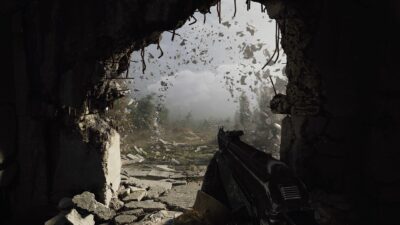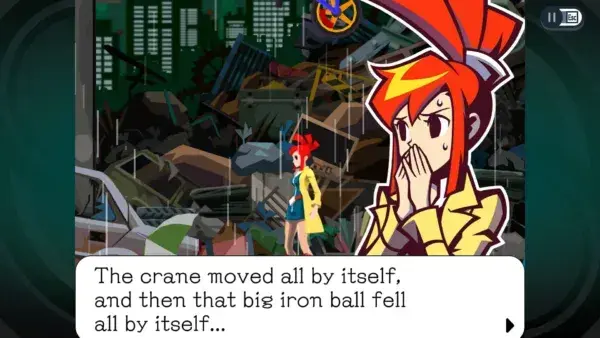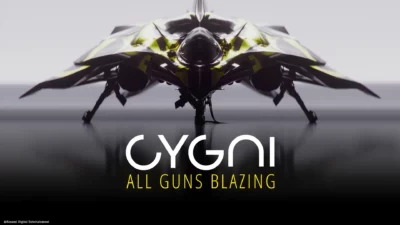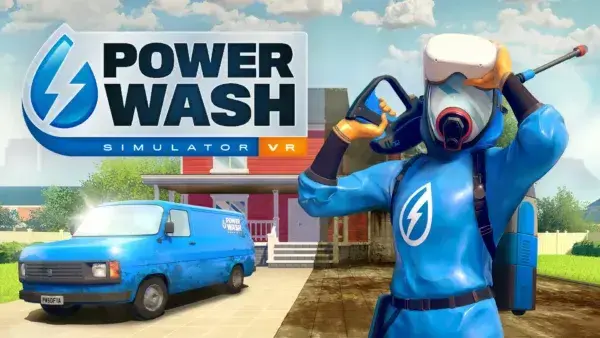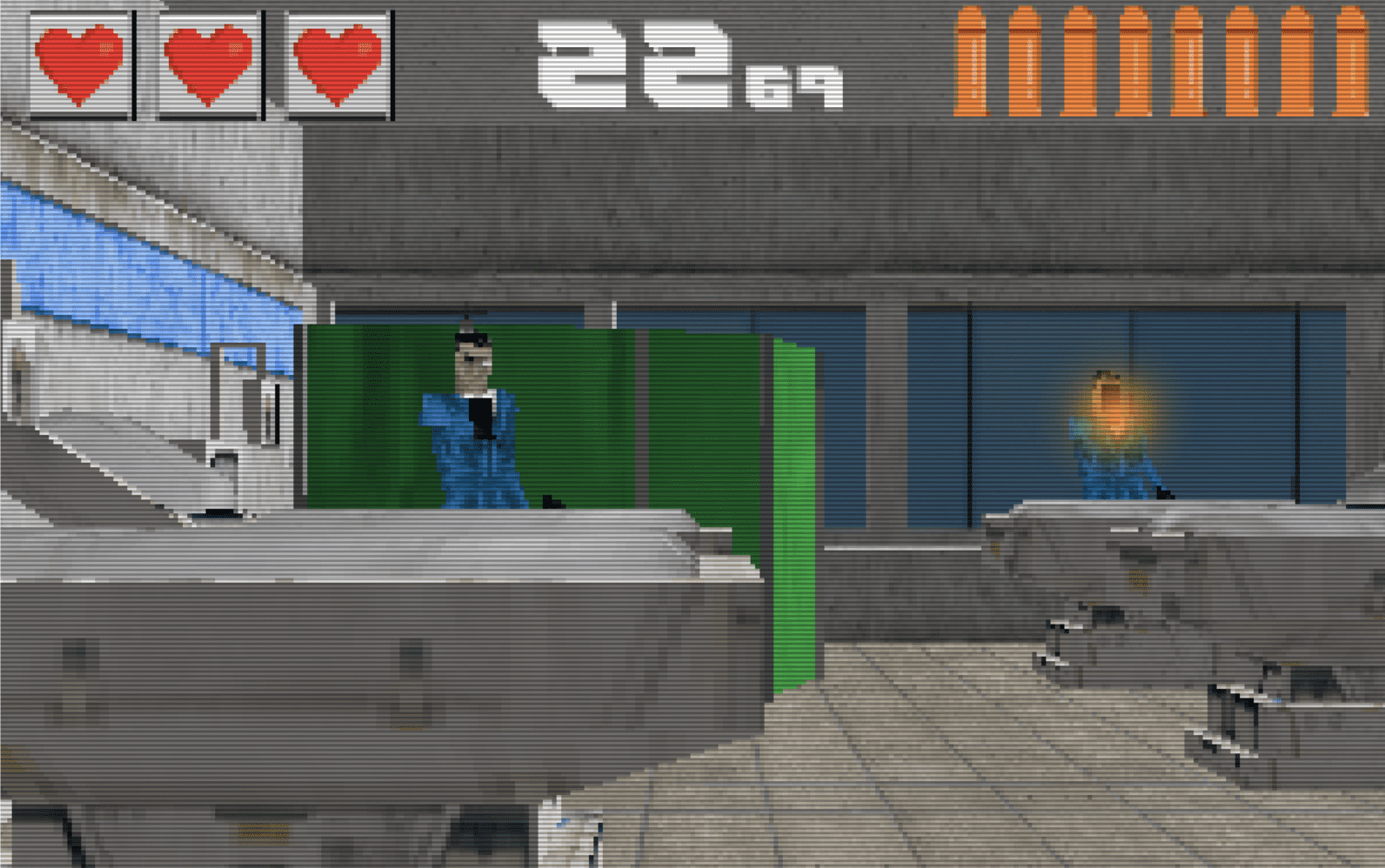
Although it was born decades earlier, the gun game (or rail shooter) arguably reached its zenith in the 1990s with such hits as Time Crisis, Virtua Cop, and The House of the Dead. Home ports to the PlayStation and Sega Saturn brought those titles to a wider audience, with the era’s CRT tech allowing a generation of players to blast away at their televisions with a lightgun.
After years in the technological doldrums, the gun game may be about to enjoy a renaissance, thanks in no small part to the Sinden Lightgun – creator Andy Sinden’s peripheral that uses cameras to detect when the player’s shot at a target on their screen. Suddenly, all those arcade games that were rendered unplayable with the phasing out of CRTs are potentially viable again – essentially, if a game has mouse support, it should work with the Sinden Lightgun.

Dark Hospital starts off as an action thriller, but will take a more horrifying turn as the game goes on
British developer Thomas Hopper’s among the first to take advantage of the Sinden shooter, with Dark Hospital being an affectionate homage to those aforementioned nineties gun games. “I’ve always loved lightgun games – they have a special place in my heart,” Hopper says, adding that he’s long wanted to make one of his own, but only recently figured out how he could get such a project started. “There were several things that happened,” he explains. “First, I was experimenting with custom scriptable render pipelines in Unity – this is a package that gives the ability to use C# code to define how a frame is rendered. I made a simple render pipeline that looked a bit retro: low-resolution render target, very simple lighting, no anti-aliasing, some basic scanline-type post-processing effects.
“Separately, I was investigating rendering techniques that could be used to pick objects from the screen with pixel-perfect accuracy. I combined these two things into a retro-style custom render pipeline that also did a pass for rendering the objects into an image that could be read back from the GPU, and used for working out what objects were under the mouse cursor.”

“Lots of the visual limitations I’ve kept deliberately to evoke the style of the era,” Hopper says. “Things like stippled transparency, low poly counts, and limited lighting.”
Just as Hopper was figuring out his own way of making a gun game work via mouse control, he saw the Sinden Lightgun crowdfunding campaign. “I think this was the final push I needed to bring all these elements together,” he tells us. “All the Sinden needs to accurately track the screen is a white border, so I also made the render pipeline add a white border to the game’s output.”
The resulting game, then, is a low-poly rail shooter that could easily have come from Sega or Namco’s offices some 25 years ago: blocky enemies leap into view from all angles, and it’s up to you to blow them away before they have a chance to attack. Dark Hospital’s opening will feature armed, human opponents – a nod to Time Crisis – while later sequences will introduce gruesome monsters, taking the game in a horror direction akin to The House of the Dead. “The low-poly monsters in retro games can often look kind of goofy, partly due to the limitations of the hardware,” Hopper says. “The low resolution and low poly count can also leave a lot up to the imagination. I’ve tried to capture some of that goofiness in my monster designs. The boss monster for the first level takes inspiration from the Hierophant in The House of the Dead 2.”
Since Hopper’s making Dark Hospital almost entirely by himself – with Jason Page on music and Nic Freeman working on character textures – he’s come up with some cunning ways to ease the path through development. The packages Cinemachine and Timeline have come in handy for positioning the game’s camera and timing when enemies pop up. For animation, Hopper’s found a way to implement motion capture on a budget. “I’m not the best at making humanoid animation by hand, so for that part, I relied on motion capture using Rokoko Studio and the Rokoko Smartsuit,” he says. “If you’re making a game with a lot of unique characters (and you’re not all that great at animation), it can be out of the budget of many indie and solo developers. This is what made the Smartsuit such a good choice for this project – I can jump in the suit at any time and produce very good quality humanoid animation. The only limit is my own time.”
Hopper’s now a good way into development, with much of the work left to do involving stage and enemy design. He has plans to release a demo, and once the PC version’s complete, is thinking about a Switch port. So could Dark Hospital mark a renewed interest in the rail shooter? “It seems like there are a lot of people who loved playing lightgun games in the past who haven’t had any way to do that since we moved away from CRTs and towards LCDs and OLED TVs,” Hopper says. “I hope the emergence of the Sinden Lightgun prompts a resurgence in this genre and we see more indie developers making lightgun games.”


